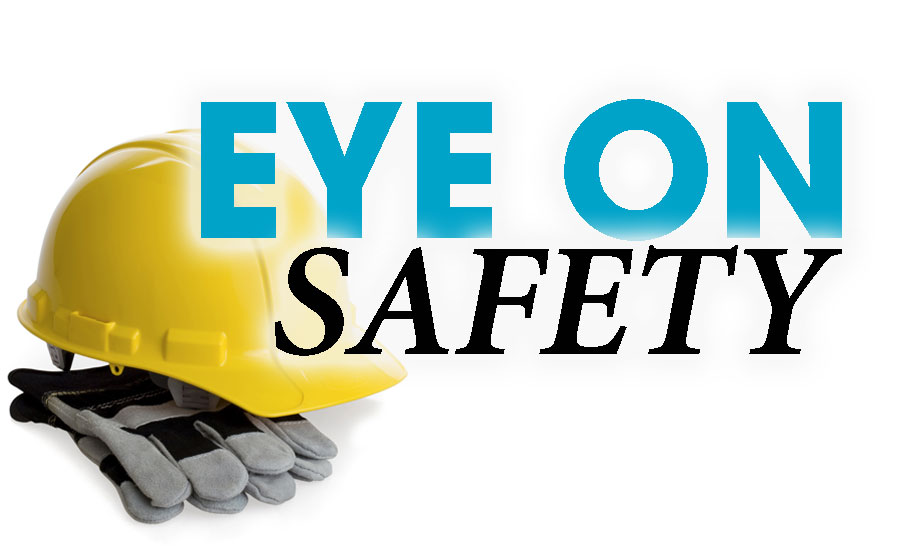OSHA has revised its standards on walking-working surfaces to prevent and reduce workplace slips, trips and falls, as well as other injuries and fatalities associated with walking-working surface hazards.
The final rule includes new provisions addressing fixed ladders, rope descent systems, fall-protection systems and criteria, including personal fall-protection systems, and training on fall hazards and fall-protection systems. In addition, the final rule adds requirements on the design, performance and use of personal fall-protection systems.
Updated requirements reflect advances in technology, making them consistent with recent OSHA standards and national consensus standards. OSHA also has tried to incorporate plain language in order to make the final rule easier to understand. The rule uses performance-based language whenever possible to give employers greater compliance flexibility.
The new rule took effect Jan. 17, but some requirements have later compliance dates. Employers should consult OSHA.gov to review the various deadlines and to help with your compliance to the rule. The final rule includes revisions to the existing standards, which include:
Fall-protection flexibility: Eliminates the mandate to use guardrails as the primary fall-protection method and gives employers the flexibility to determine what method they believe will work best in their particular workplace situation. Allows employers to use nonconventional fall-protection practices in certain situations, such as designated areas on low-slope roofs for work that is temporary and infrequent, and fall-protection plans on residential roofs when employers demonstrate guardrail, safety net or personal fall-protection systems are not feasible or create a greater hazard.
Updated scaffold requirements: Replaces the outdated general industry scaffold standards with the requirement that employers comply with OSHA’s construction scaffold standards.
Phase-in ladder safety systems or personal fall-arrest systems on fixed ladders: Phases in more than 20 years requirement to equip fixed ladders (that extend over 24 ft.) with ladder safety or personal fall-arrest systems and prohibits the use of cages and wells as a means of fall protection after the phase-in deadline. Grandfathers in cages and wells on existing ladders, but requires employers equip new ladders and replacement ladders/ladder sections with ladder safety or personal fall-arrest systems.
Rope descent systems and certification of anchorages: Employers cannot use RDS at heights greater than 300 ft. above grade unless they demonstrate it is not feasible or creates a greater hazard to use any other system above that height. Requires building owners to provide and employers to obtain information that permanent anchorages used with RDS have been inspected, tested, certified and maintained as capable of supporting at least 5,000 lb. per employee attached.
Personal fall-protection system performance and use requirements: Employers may use personal fall-protection systems, but there are requirements on the performance, inspection, use and maintenance of these systems. The final rule prohibits the use of body belts as part of a personal fall-arrest system.
Inspection of walking-working surfaces: Employers must inspect walking-working surfaces regularly and as needed correct, repair or guard against hazardous conditions.
Training: Employers must ensure workers who use personal fall protection and work in other specified high-hazard situations are trained and retrained as necessary about fall and equipment hazards, including fall-protection systems. Employers must provide information and training to each worker in a manner the worker understands.
Since all workers are exposed to walking-working surfaces, training should encompass all employees. The training must be done in a manner that all workers can understand and proof of understanding such as testing is required. Records must be maintained for walking-working surfaces as well as maintenance records. Sites need to review their dock openings and the new requirements. In the past, a safety chain could be used but if the opening is greater than 4 ft., safety chains will not be allowed.
Keep in mind the rule is new and there are no letters of interruption and the old letters of interruption are no longer valid.




